Ultimate Itinerary for a Kashmir Trip : A Comprehensive Guide to Exploring Paradise
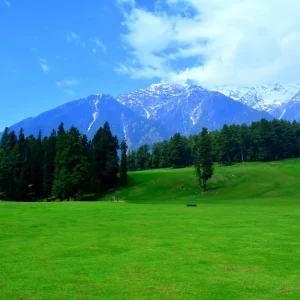
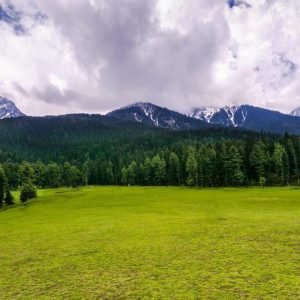
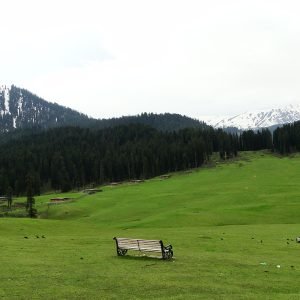

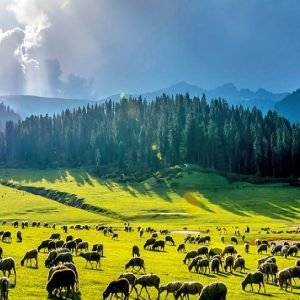
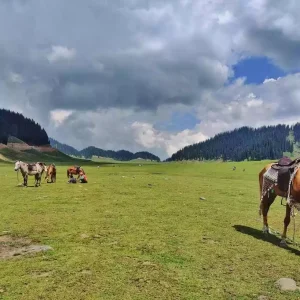
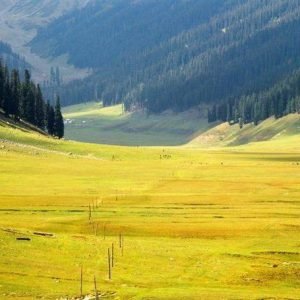
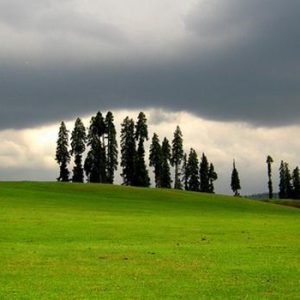
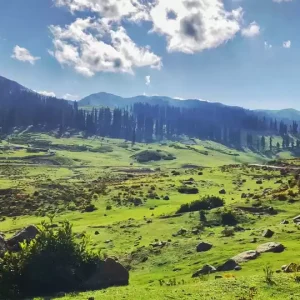
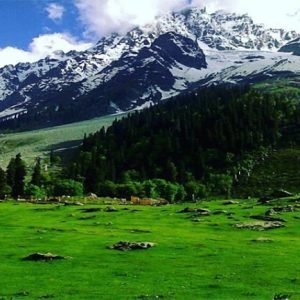
Table of Contents
Toggle1. Kashmir—An Introduction
Kashmir, often defined as “Paradise on Earth,” is a region with unrivaled natural beauty, rich culture, and calm landscapes. One can find so many attractions and experiences that the state of Kashmir can be an overwhelming place to plan a trip. Here’s a master guide that bags Kashmir in the perfect way with a detailed itinerary to explore. From the magnificent Srinagar, to the serenity of Pahalgam, and to adventurous Gulmarg, with all of its sparkling beauty, the itinerary encompasses places and activities alike, suited for interest diversity and time variety.
1.1 The Land of Jammu and Kashmir
Located in the northern part of the Indian subcontinent, Kashmir has already become more famous because of its scenic landscapes of snow-capped mountains, greenish valleys, and clear lakes. The land is divided into parts featuring different experiences and attractions. Key travel destination spots are Srinagar, Gulmarg, Pahalgam, and Sonamarg; each provides its own unique charm and adventure.
1.2 Best Time to Visit
The best season to visit Kashmir is from March to October. Spring, from March to May, and autumn, from September to October, are seasons with pleasant weather and full flowers bloom. Summer is the best time for outdoor activities from June to August. Winter, from November to February, should be the season when one visits if snow is in your bucket list, especially for skiing and snowboarding.
2. 7-Day Itinerary for Kashmir
2.1 Day 1: Arrival in Srinagar
2.1.1 Arrival and Transfer
Upon arriving at Srinagar Airport, proceed to check-in at your hotel. Thereafter, you can either check-in at a super luxury House Boat on Dal Lake or a hotel in city. A houseboat in Srinagar offers a unique stay in the midst of traditional Kashmiri décor and beautiful views.
2.1.2 Dal Lake Excursion
Begin your travels with a shikara ride upon Dal Lake. This famous waterway provides quite a pleasant view of floating gardens and houseboats. Treat yourself to a traditional Kashmiri breakfast on board with dishes including kehwa (Kashmiri tea) and goshtaba (meatballs).
2.1.3 Afternoon at the Mughal Gardens
Now, you can go to the Mughal Gardens—Shalimar Bagh, Nishat Bagh, and Chashme Shahi. These are beautiful gardens laid down in the area during the Mughal Empire, which depict architectural as well as horticultural prowess.
Spend the evening taking a walk at Lal Chowk market in Srinagar. You may shop for local handicrafts like Pashmina shawls and papier-mâché.
2.2 Day 2: Srinagar to Gulmarg
2.2.1 Proceeding to Gulmarg
Drive to Gulmarg from Srinagar; the distance is nearly 50 kilometers and it takes 1.5 to 2 hours by road. Gulmarg is referred to as the “Meadow of Flowers.” The place is adorned with beautiful, green, and enchanting meadows, surrounded by picturesque vistas.
2.2.2 Gondola
Enjoy one of the highest gondolas in the world when you take the Gulmarg Gondola. The gondola offers a panoramic view of the snow-capped Himalayas and huge meadows.
2.2.3 Visit Gulmarg
Spend the afternoon visiting Gulmarg. Depending on the season, it could be the time to go skiing, snowboarding in winter, or trekking and golf in summer.
2.2.4 Sunset Views
Sunset View while descending from Gulmarg Meadows that will offer a vistavision of the sun-setting exhibition over the beautiful Canvass of Himalayas and Meadows.
2.3 Day 3: Gulmarg to Pahalgam
2.3.1 Journey to Pahalgam
Distance: 95 km approx
Driving Time: 2.5 to 3 hrs one way
Drive to Pahalgam – “Valley of.
Visit Betaab Valley, named after the hit Bollywood film “Betaab,” famous for its lush green meadows and picturesque landscapes. Enjoy a nature walk or picnic in the idealistic surroundings.
2.3.3 Aru Valley
Later in the day, move to Aru Valley, a beautiful resort destination, situated 12 kilometers from Pahalgam. It provides beautiful vistas and chances of trekking and camping, horse riding, etc.
2.3.4 Evenings at Leisure
Return to Pahalgam and spend your evening at the Lidder River or in the bazaar to purchase souvenirs.
2.4 Day 4: Pahalgam to Sonamarg
2.4.1 Travel to Sonamarg
After breakfast, depart for Sonamarg, a distance of about 80 kmts, 2.5 to 3 hours. It is known as the “Meadow of Gold,” with its incredible beauty and serene ambiance.
2.4.2 Visit Thajiwas Glacier
Take a pony ride for a short trek or enjoy a fun pony ride experience up to the Thajiwas Glacier, 7 kilometers from Sonamarg. The area is full of scenic views, and one may have some fun in the snow.
2.4.3 Local Attractions
Other attractions seen around Sonamarg are eye-catching meadows, Vishansar, and Krishansar Lakes. These two lakes are so surrounded.
2.4.4 Evening Relaxation
The evening at Sonamarg is really calm and filled with a soothing atmosphere along with certain natural charms.
2.5 Day 5: Sonamarg to Srinagar
2.5.1 Head Back to Srinagar
Head back to Srinagar. Check into your hotel and spend time at your leisure or visit any place of interest not covered so far.
2.5.2 Hazratbal Shrine
Later, in the afternoon, visit the Hazratbal Shrine, one of the holiest shrines in Srinagar located on the northern banks of Dal Lake. It houses the Moi-e-Muqqadas, believed to be a single hair of the Prophet Muhammad. Visitors can see the hair on Mondays
Visit the local markets for souvenirs, which include Kashmiri carpets, shawls, and antique jewelry. Spend a relaxed evening at your hotel.
2.6 Day 6: Excursion to Yusmarg
2.6.1 Proceeding to Yusmarg
Travel to Yusmarg and spend a day there, around 50 kilometers away from Srinagar. Yusmarg is a famous destination for its sprawling meadows with wide stretches, and the tranquility all around the place makes it the best option for a silent retreat.
2.6.2 Activities in Yusmarg
Engage in activities such as picnicking or horse riding to explore the beautiful meadows. Panoramic views of mountains around and serenely lying lush and greenery.
2.6.3 Return to Srinagar
Return at the evening to Srinagar. Have a farewell dinner in an authentic local restaurant, tasting the great food some of the traditional Kashmiri dishes.
2.7 Day 7: Departure
2.7.1 Final Checklist
Spend the final morning in Srinagar at leisure, and according to departure schedule, you can make a final stroll or visiting some visiting points.
2.7.2 Transfer to Airport
Transfer to Srinagar Airport to catch your departure flight. Reach to end of journey, cherishing those fond memories of unique experience amidst wonderful landscapes of the paradise on earth.
3. Extended Itinerary for 10 Days
For those that have more time, the trip above can be extended to span 10 days, taking in extra exploration and relaxation. Here is the modification to the itinerary:
3.1 Day 8: More Exploration around Srinagar
Shankaracharya Temple
It is one of the oldest temples of the region, located atop a hill, and provides a great view of Srinagar as well as Dal Lake.
Old City
One can take a walk through this old part of Srinagar, especially Jamia Masjid, and also visit the bazaars of traditional Kashmiri traders.
3.2 Day 9: Adventure
Trekking and Outdoor Activities: Go on further treks or indulge in mountain biking, etc. or simply find time to explore the surrounding wilderness.
Golfing: Spend some time playing a game of golf at the Gulmarg Golf Course, one of the highest located golf courses in the world.
3.3 Day 10: Relax and Leave
Rest Day: Spend your last day at leisure, shopping, or getting an invigorating spa treatment before your journey back home.
4. Practical Travel Tips
4.1 Transport
Local Transport: Use taxis or auto-rickshaws for local travel in Srinagar. For inter-destination travel, one can hire a private vehicle or join a tour package.
Road Conditions: Be prepared for rough road conditioning, especially the high-altitude areas. Make sure your vehicle is very well maintained.
4.2 Accommodation
Booking: Book accommodations in advance, especially in peak seasons. Stay in houseboats, hotels, or guesthouses per the preference and budget.
Amenities: Check for facilities like heaters, Wi-Fi, available dining, etc.—mostly remote areas of the region.
4.3 Health and Safety
Altitude Sickness: Take it and acclimatize slowly to prevent altitude sickness—much high in places like Gulmarg and Pahalgam.
Local Cuisine: Enjoy its local cuisine but do it with proper care. Be consciences and cautious about food hygiene. Drink fresh and preferably bottled water. Avoid raw foods.
4.4 Cultural Etiquette
Local Customs: Very over here. Don’t forget—this is a Muslim-dominated society. Dress modestly and respect local traditions. In.
Haggling: Haggling is a standard practice at local markets. Do not forget to bargain politely while purchasing your souvenirs.
5. Conclusion
Kashmir offers variety ranging from meandering in green gardens and meadows to lakes and lively markets. This itinerary will give the visitors the best experience of Kashmir in an organized manner so that no point is missed out and make your journey unforgettable. Whether your interest involves adventure, relaxation, or cultural immersion, Kashmir promises a fulfilling and memorable journey. Enjoy the scenic beauty, culture, and hospitality in this amazing region and make reminiscences in one of the most beautiful areas of the world.
How to book best Itinerary for Kashmir Trip with Charzan Holidays?
For a seamless and exceptional booking experience, contact Charzan Holidays at reservations@charzan.in or call us at +919622224473.
People ask FAQ's
How many days are enough for Kashmir?
The ideal number of days to spend in Kashmir depends on the experiences you wish to have and the places you want to visit. Generally, a 5 to 7-day trip is considered sufficient to explore the highlights of Kashmir. This duration allows you to enjoy the vibrant city of Srinagar, with its famous houseboats and Mughal gardens, and also explore nearby destinations like Gulmarg, known for its scenic beauty and skiing opportunities, and Pahalgam, renowned for its lush landscapes and outdoor activities. If you have more time, extending your trip to 10 days can offer a deeper exploration, including visits to lesser-known areas such as Sonamarg or a trek to places like Yusmarg. This extra time also provides a more relaxed pace, allowing you to fully immerse yourself in the natural beauty and cultural richness of the region.
How much will a 7 day trip to Kashmir cost?
A 7-day trip to Kashmir can vary widely in cost depending on your travel style, accommodation choices, and activities. On average, a budget traveler might spend around ₹25,000 to ₹40,000 per person. This estimate covers basic accommodation in budget hotels or houseboats, standard transportation, and meals at local eateries. A mid-range traveler could expect to spend between ₹40,000 to ₹70,000, including stays in comfortable hotels or upgraded houseboats, private transport, and dining at mid-range restaurants. For a more luxurious experience, with stays in high-end hotels or luxury houseboats, guided tours, and fine dining, the cost could range from ₹70,000 to ₹1,50,000 or more per person. These estimates generally include accommodation, transportation, and meals but may not cover additional expenses such as activities, entry fees, and personal shopping. For a more accurate budget, it’s best to plan based on your preferences and consult with travel agencies for customized packages.
Which route is best for Kashmir?
The best route to Kashmir largely depends on your starting point, mode of travel, and specific destinations within the region. Here are the main routes and considerations:
**1. From Delhi to Srinagar (by Road or Air):
- By Air: The most convenient and quickest way is to fly directly from Delhi to Srinagar. The flight takes about 1 hour and 15 minutes, offering stunning aerial views of the Himalayas.
- By Road: The drive from Delhi to Srinagar covers approximately 800 kilometers (500 miles) and takes around 15 to 18 hours. The route generally involves traveling via the National Highway 44 (NH44), passing through Jammu and then ascending towards Srinagar. This journey is scenic but can be challenging due to road conditions and traffic.
**2. From Jammu to Srinagar (by Road or Rail):
- By Road: A popular route is to drive from Jammu to Srinagar, which is about 270 kilometers (168 miles) and takes approximately 7 to 10 hours. This route traverses the Srinagar-Jammu Highway (NH44), passing through the picturesque town of Udhampur and crossing the Zoji La Pass.
- By Rail: You can also take a train from Delhi to Jammu, which takes around 7 to 10 hours. From Jammu, you would need to continue by road to Srinagar.
**3. From Leh to Srinagar (by Road):
- By Road: If you’re traveling from Leh to Srinagar, the route involves crossing high-altitude passes like Zoji La. This journey covers approximately 430 to 470 kilometers (267 to 292 miles) and usually takes 2 days, with overnight stops in Kargil. The road conditions can be challenging, so it’s best to travel during the summer months when the road is open.
**4. From Amritsar to Srinagar (by Road or Air):
- By Air: You can fly from Amritsar to Srinagar, which is a quick and convenient option.
- By Road: The drive from Amritsar to Srinagar is about 450 kilometers (280 miles) and takes approximately 9 to 12 hours, passing through the scenic route via Jammu.
Best Route Recommendations:
- For First-Time Visitors: Flying into Srinagar from major cities like Delhi or Amritsar is the most convenient way to start your trip.
- For Road Trip Enthusiasts: The drive from Delhi or Jammu offers a scenic experience and allows for exploration of various towns and landscapes along the way.
- For High-Altitude Travelers: The route from Leh to Srinagar offers a unique journey through the Himalayas but requires time for acclimatization and careful planning due to high-altitude conditions.
Overall, the best route for you depends on your starting point, travel preferences, and the time you have available.
Is food costly in Kashmir?
Food in Kashmir can vary significantly in cost depending on where you choose to dine and the type of meal you prefer. Here’s a general overview of food costs in the region:
Budget Options:
- Local Eateries and Street Food: Meals at local restaurants or street food stalls are quite affordable. You can expect to pay around ₹100 to ₹300 per meal. Popular local dishes like Kashmiri Rogan Josh, Kahwa, and Pulao are available at reasonable prices.
- Small Restaurants: In smaller, non-tourist-focused restaurants, you can typically enjoy a full meal for ₹200 to ₹500.
Mid-Range Options:
- Casual Dining: In mid-range restaurants and cafés, the cost for a meal can range from ₹500 to ₹1,000 per person. These establishments offer a variety of both local and international cuisine.
- Buffets: Some mid-range hotels and restaurants offer buffet options, which might cost between ₹800 to ₹1,500 per person.
Luxury Options:
- High-End Restaurants: Dining at luxury hotels or high-end restaurants can be more expensive, with meal costs ranging from ₹1,500 to ₹3,000 or more per person. These places often offer gourmet meals, extensive menus, and high-end dining experiences.
- Fine Dining: Specialty restaurants in luxury hotels or exclusive venues may charge even higher prices for a fine dining experience, including multi-course meals and premium services.
Additional Considerations:
- Hotel Inclusions: Many hotels and houseboats offer meal packages, which can be more cost-effective than dining out for every meal. These packages often include breakfast, lunch, and dinner.
- Local Specialties: Sampling local specialties and traditional Kashmiri dishes at local eateries can be a cost-effective way to experience the cuisine without spending too much.
In summary, food in Kashmir can be as economical or as expensive as you make it. Budget travelers can find plenty of affordable options, while those seeking luxury dining experiences will find higher-priced establishments.
Frequently Asked Questions
1. What is the ideal duration for a Kashmir trip? |
| The ideal duration is about 7 to 10 days to explore key attractions like Srinagar, Pahalgam, Gulmarg, and Sonamarg. |
2. What is the best time to visit Kashmir? |
| The best time to visit is from March to October. Spring (March to May) offers blooming flowers, while summer (June to August) is pleasant. Autumn (September to October) showcases beautiful foliage. |
3. What should a 7-day Kashmir itinerary include? |
| Recommended Itinerary |
| Day 1: Arrival in Srinagar |
| Day 2: Srinagar sightseeing (Dal Lake, Mughal Gardens) |
| Day 3: Pahalgam |
| Day 4: Betaab Valley and Aru Valley |
| Day 5: Gulmarg |
| Day 6: Sonamarg |
| Day 7: Return to Srinagar and departure. |
4. Is it safe to travel to Kashmir? |
| Yes, it is generally safe for tourists, but it’s best to stay updated on local conditions and follow travel advisories. |
5. How can I travel between cities in Kashmir? |
| You can use taxis, local buses, or hire private vehicles for intercity travel, which is often the most convenient option. |
6. What are must-visit attractions in Srinagar? |
| Key attractions include Dal Lake, Nishat Bagh, Shalimar Bagh, and the old city with its historic mosques. |
7. Are there any adventure activities available in Kashmir? |
| Yes, activities like trekking, skiing (in Gulmarg), and white-water rafting (in Pahalgam) are popular among adventure enthusiasts. |
8. What type of accommodations are available? |
| Kashmir offers a range of accommodations, from luxury houseboats and hotels to budget guesthouses. |
9. Can I take kids to Kashmir? |
| Yes, Kashmir is family-friendly with activities suitable for children, including sightseeing, nature walks, and horse rides. |
10. What is the local cuisine in Kashmir? |
| Must-try dishes include Rogan Josh, Yakhni, Dum Aloo, and various types of kebabs. Don’t miss out on traditional Kashmiri tea! |
11. Do I need a permit to visit Kashmir? |
| No special permits are required for Indian citizens. Foreigners may need a Protected Area Permit for certain areas, so check local regulations. |
12. How can I book a houseboat stay in Srinagar? |
| You can book houseboats through travel websites, local agencies, or directly with houseboat owners. |
13. What should I pack for a Kashmir trip? |
| Pack warm clothing, comfortable shoes, a camera, and any personal essentials. A good pair of trekking shoes is advisable for adventure activities. |
14. Are there any local festivals during the tourist season? |
| Yes, the Tulip Festival in April is a major attraction, along with various cultural events throughout the summer. |
15. Is it easy to find local guides in Kashmir? |
| Yes, local guides are readily available and can enhance your experience by providing valuable insights and assistance. |
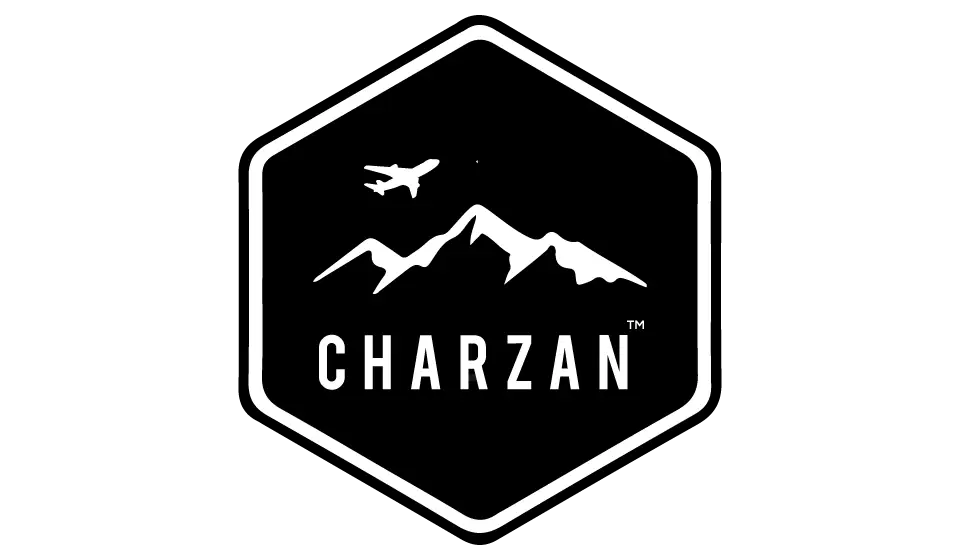

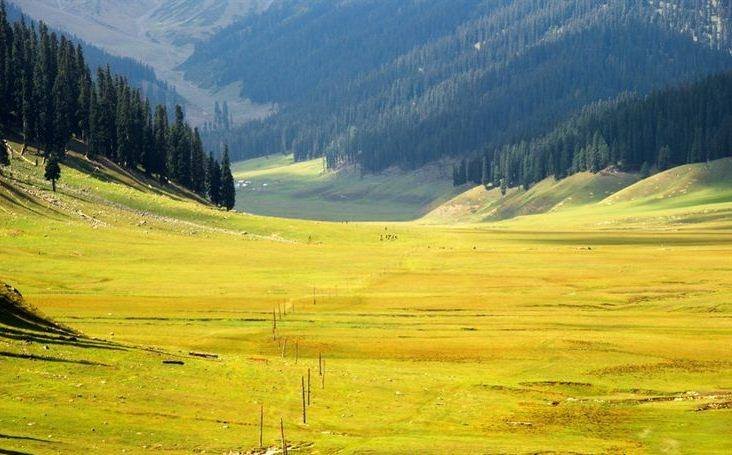
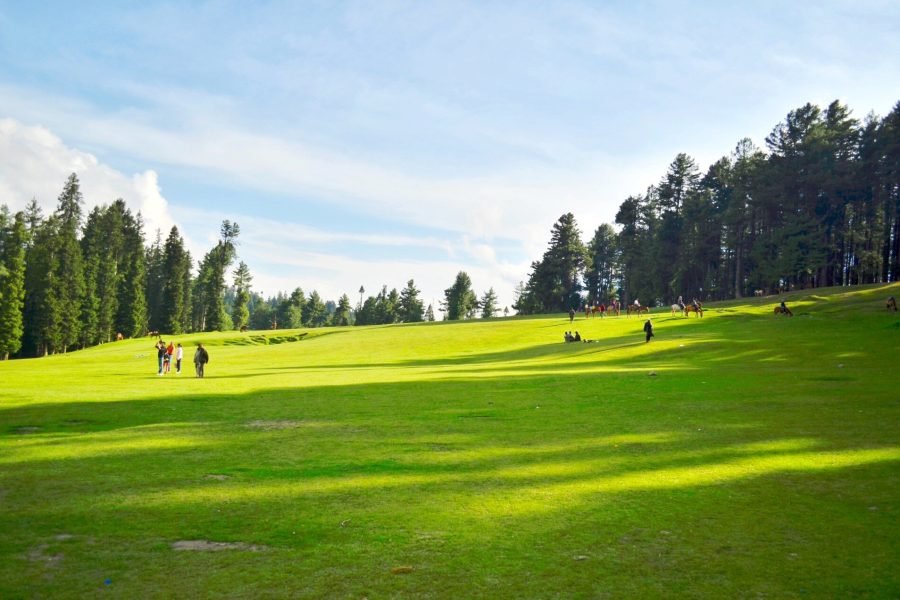
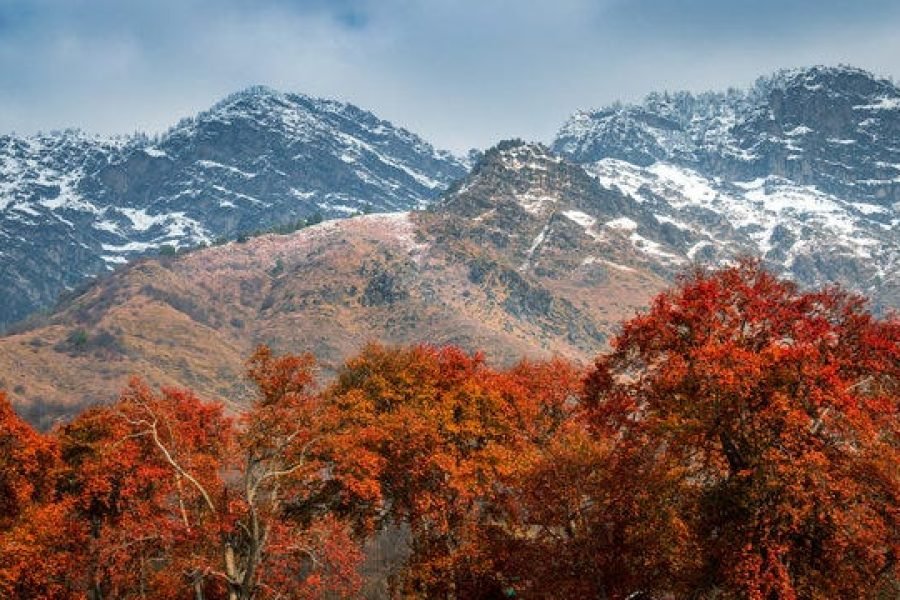
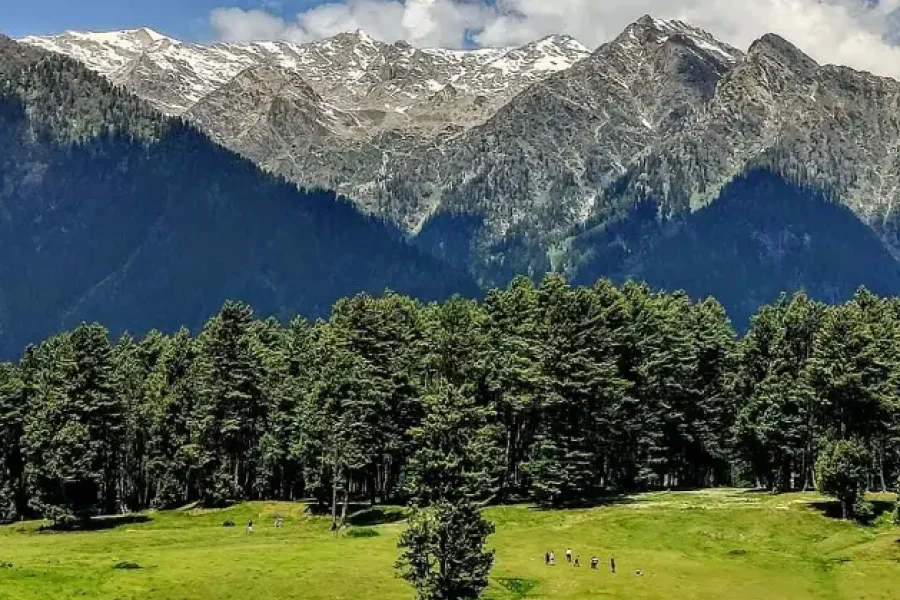
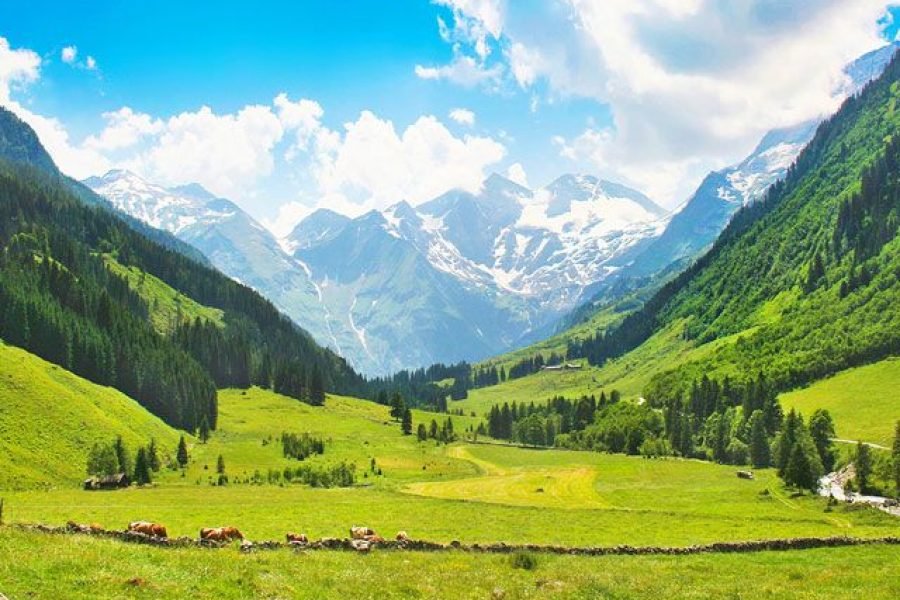
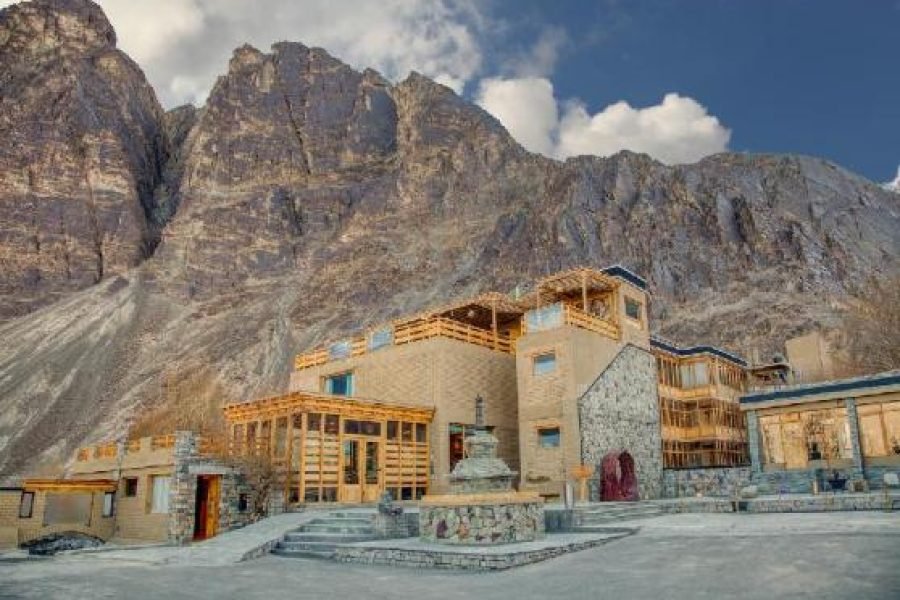
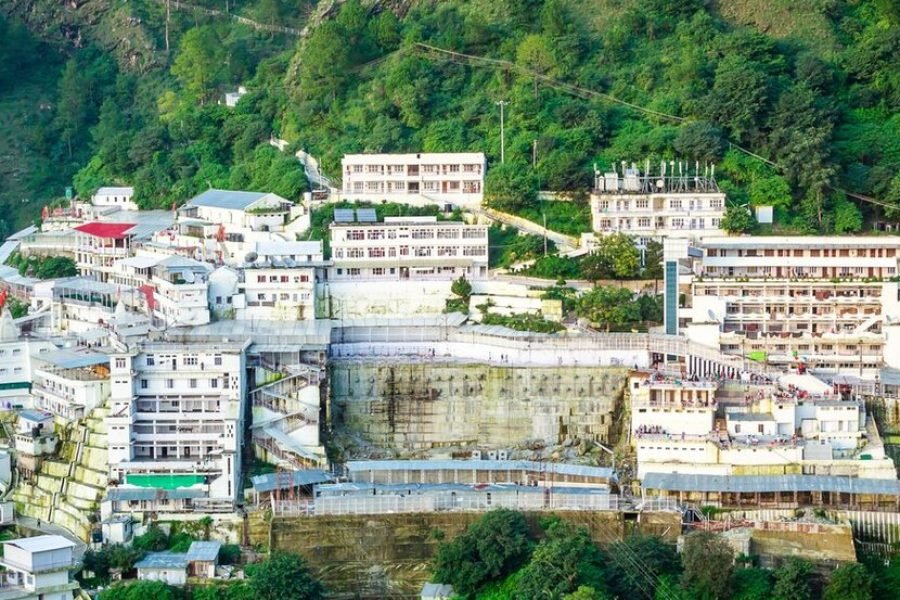
0 Comment